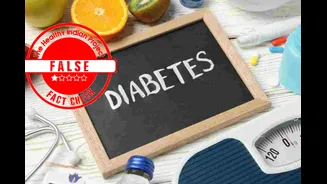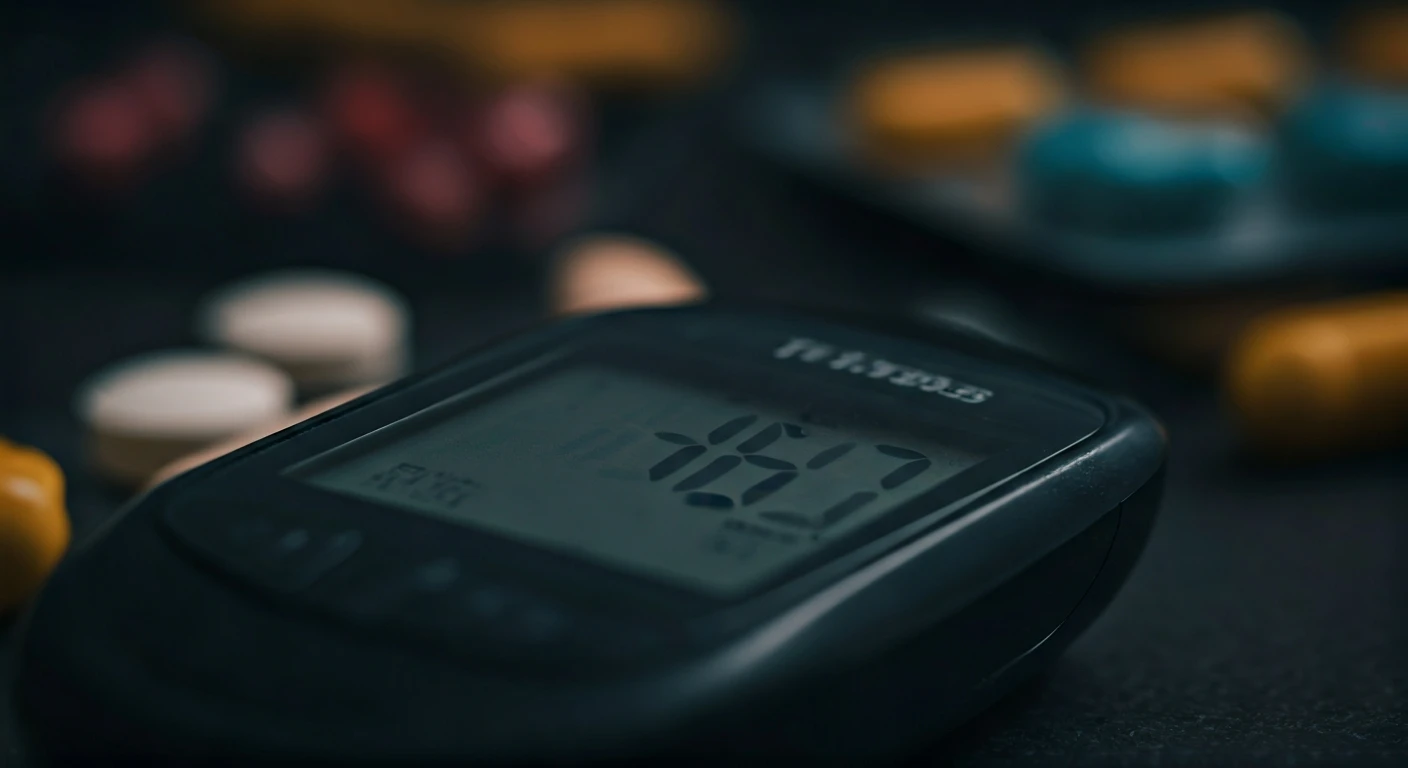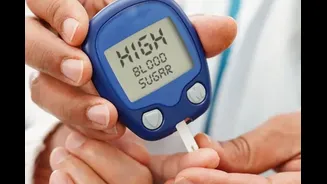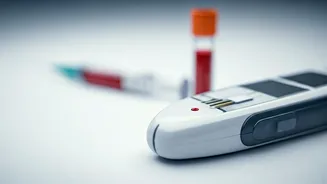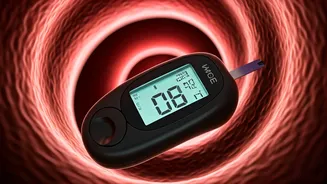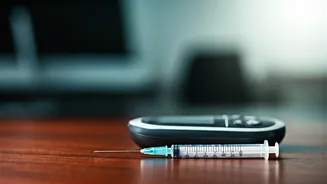Type 2 diabetes (T2D) has long been viewed as a condition affecting middle-aged and older adults. However, an increasing number of young adults are now being diagnosed. Because symptoms in early stages
are often mild or “hidden”, the condition can go undetected for years. When diagnosis is delayed, complications such as neuropathy, kidney disease, and cardiovascular issues may silently worsen over a lifetime.
Dr Neeraj Kumar, Consultant, General Medicine, ShardaCare Healthcity, shares all you need to know:
1. Why the Symptoms Go Unnoticed
Slow onset:
Unlike Type 1 diabetes, which develops rapidly, Type 2 diabetes progresses gradually. Early changes are subtle and easy to dismiss as part of daily life.
Overlap with lifestyle factors:
Symptoms such as fatigue, irritability, or weight gain are often attributed to stress, lack of sleep, or a busy routine rather than an underlying medical issue.
Lack of awareness:
Many young adults and even some healthcare providers still associate diabetes with older age. As a result, risk factors like family history, excess weight, or sedentary habits may be overlooked.
2. The Hidden Symptoms
Persistent thirst (polydipsia):
Excess glucose in the blood draws water into the urine, leading to dehydration. This creates constant thirst that does not improve even with adequate water intake.
Frequent urination (polyuria):
Needing to urinate multiple times at night or making 10–15 bathroom visits a day.
Unintended weight loss:
When cells cannot access glucose, the body begins breaking down fat and muscle for energy. Losing 5–10 pounds within a few weeks without dieting is a red flag.
Fatigue or low energy:
Because cells are unable to use glucose efficiently, even minimal effort can feel exhausting.
Blurred vision:
High blood sugar draws fluid into the eye’s lens, causing distorted or unstable vision, difficulty focusing on near or distant objects.
Slow-healing wounds or recurring infections:
Poor circulation and reduced immunity may cause cuts to take longer than a week to heal or infections to return frequently.
Mood changes or irritability:
Fluctuating blood sugar levels can alter brain chemistry, leading to unusual moodiness, anxiety, or feelings of depression.
Recurrent infections (yeast or urinary tract):
High glucose levels promote bacterial and fungal growth, resulting in repeated UTIs or yeast infections.
3. How to Spot the Red Flags
Track your habits:
Maintain a simple log of thirst, urination, appetite, and energy levels. Look for recurring patterns over several weeks.
Know your numbers:
If you are overweight, have high blood pressure, or a family history of diabetes, routine glucose testing, fasting plasma glucose or HbA1c is essential.
Don’t ignore minor symptoms:
Even small changes in vision or persistent tiredness deserve an eye check-up and a blood sugar assessment.
Watch for symptom clusters:
One symptom alone may seem harmless, but a combination such as thirst, fatigue, and weight loss, signals the need for evaluation.
4. Act Before It’s Too Late
Lifestyle first:
A balanced diet, regular physical activity, and maintaining a healthy weight are the strongest defenses against diabetes. Even small steps like choosing stairs or walking short distances can significantly reduce risk.
See a doctor:
A simple visit to your primary care physician can confirm the diagnosis through fasting glucose or HbA1c testing, and set you on the right treatment plan.
Periodic follow-ups:
Once diagnosed, follow-ups every 3–6 months help ensure blood sugar remains within target ranges and prevent complications.
Type 2 diabetes in young adults does not “scream”, it whispers. By paying attention to subtle changes and taking proactive steps, early diagnosis becomes possible, making it easier to slow, stop, or even reverse the disease. If any of these symptoms sound familiar, or if you are simply curious about your risk, speak to your healthcare provider about getting a glucose screening today.
